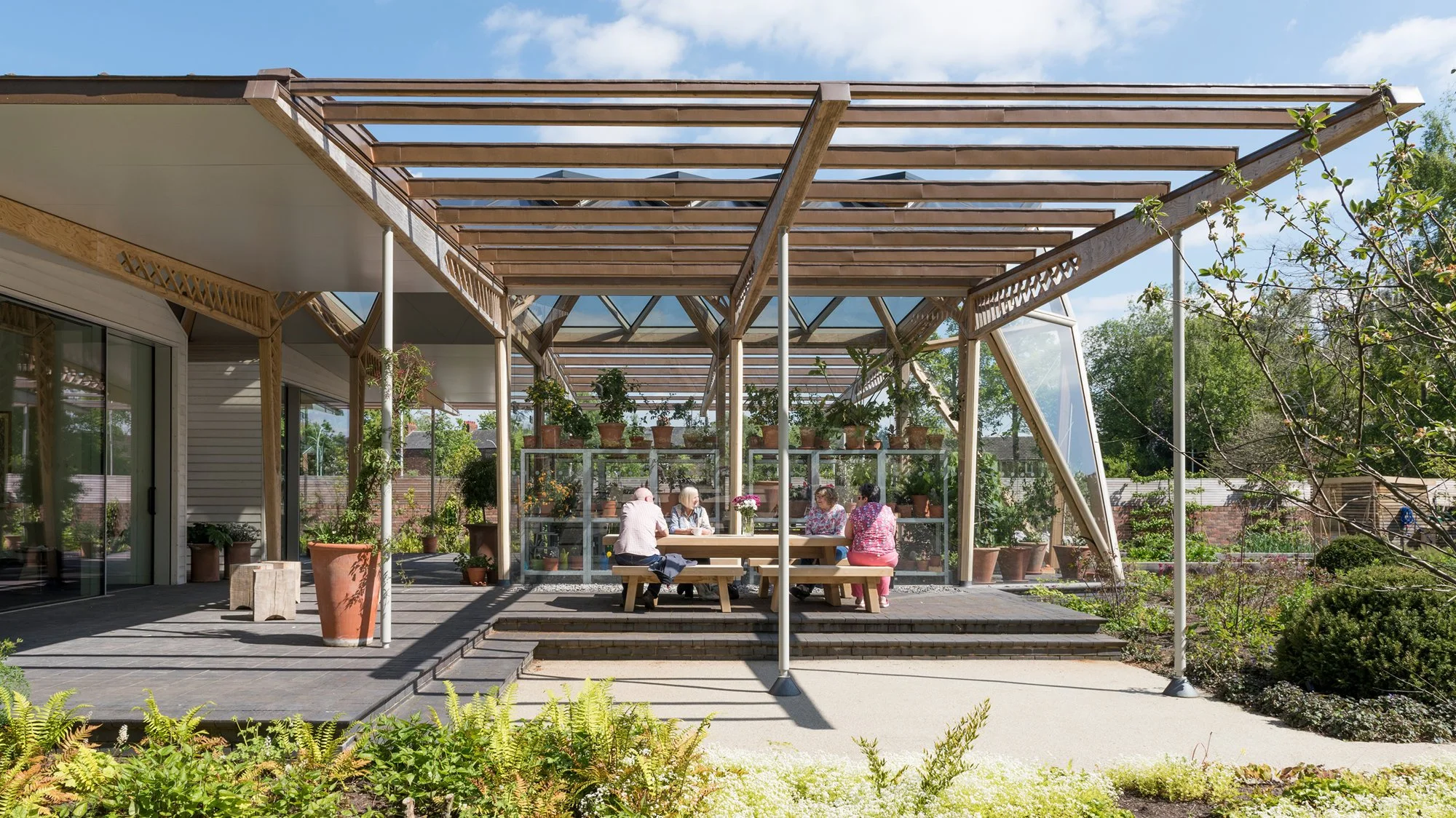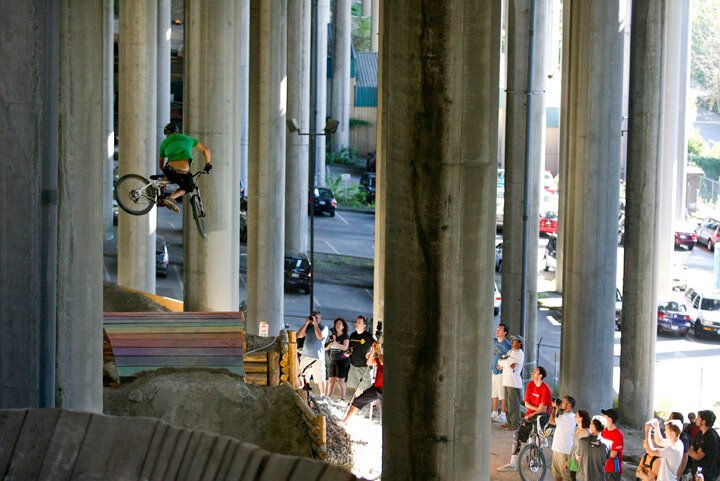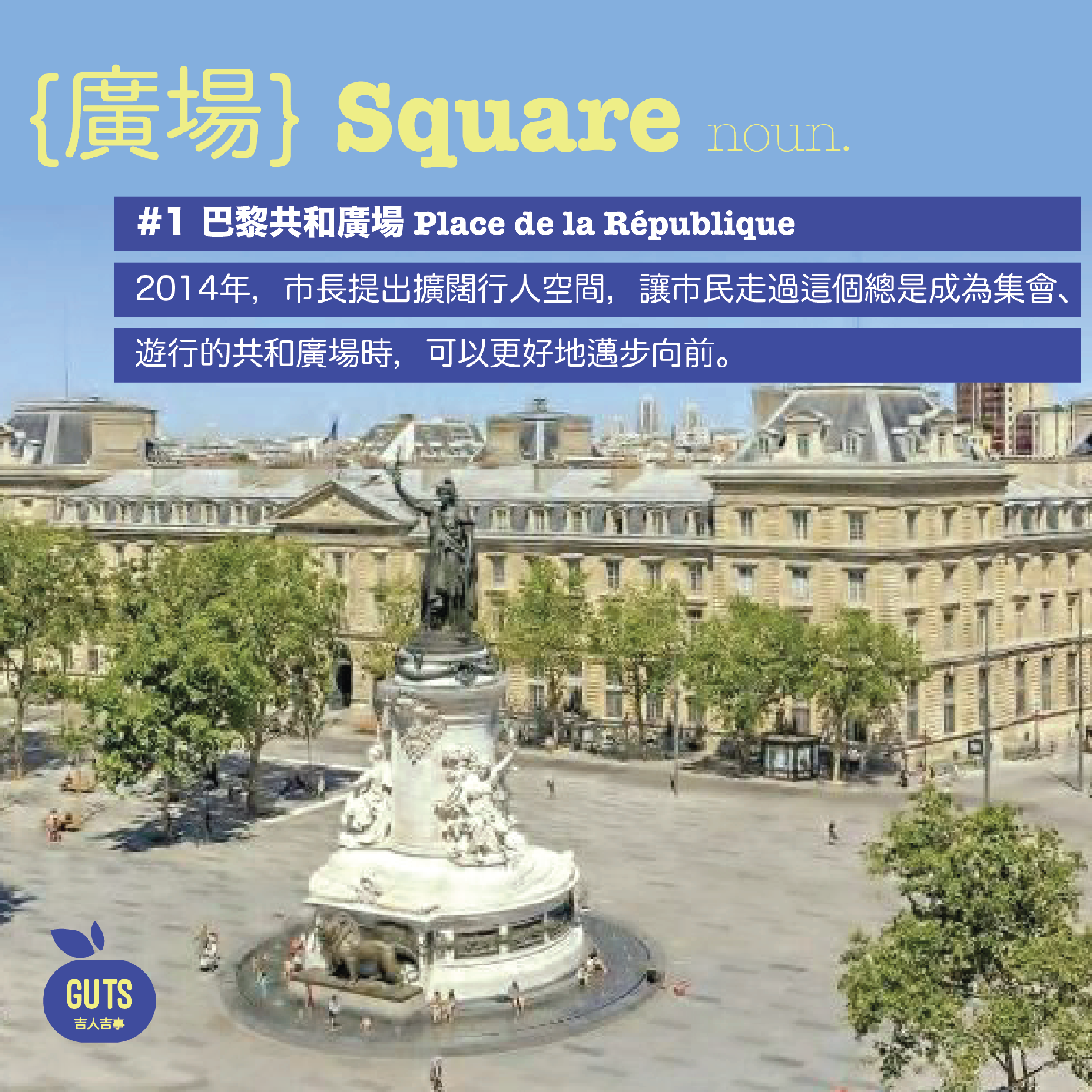新加坡吉事:一「站」式連結社區|GUTS in Singapore: A one-stop for community
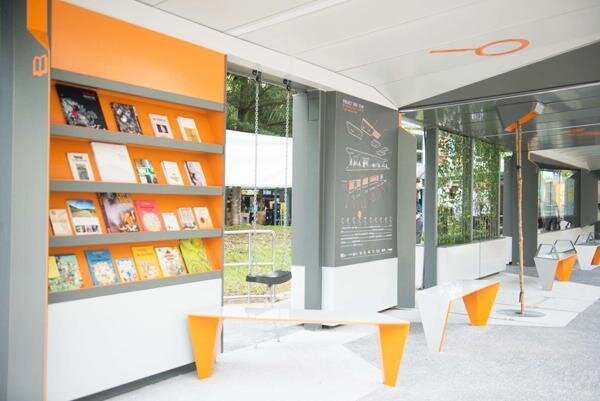


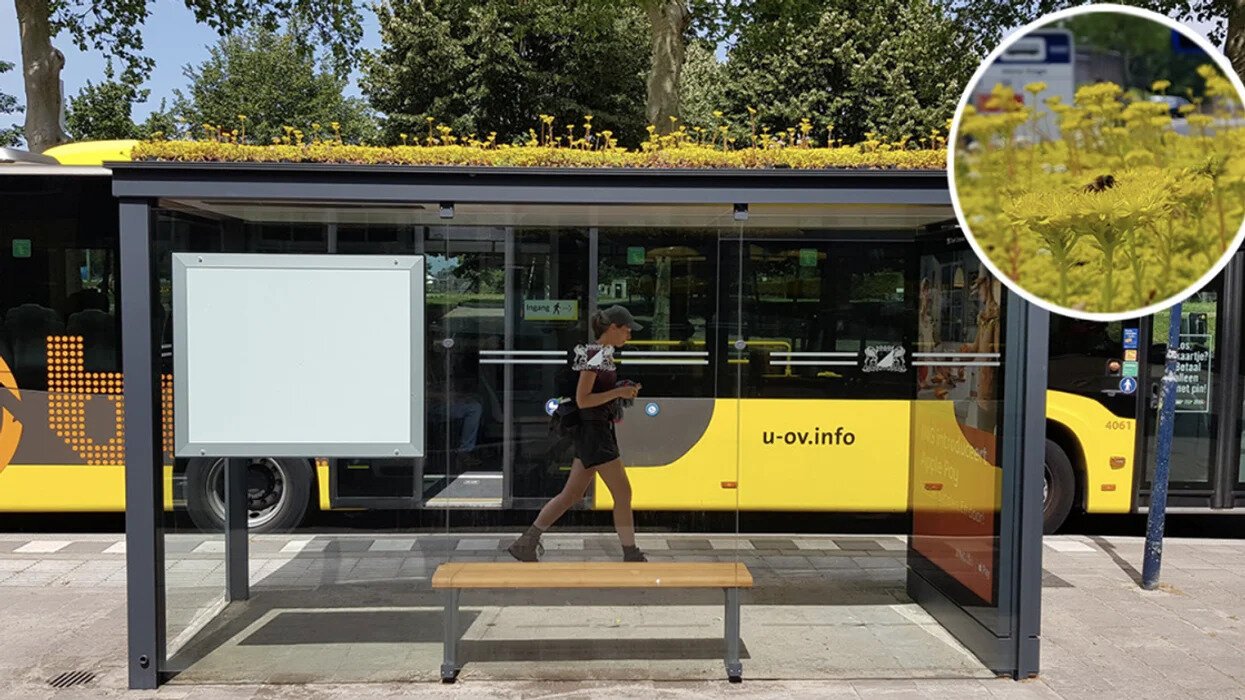
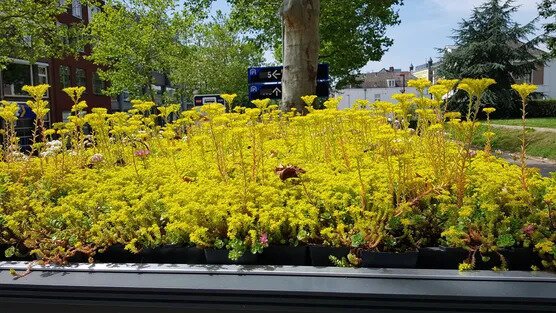
一個寫上號碼的牌,豎在街頭,其實足夠讓人辨認巴士會在這裏上落客,這就是巴士站最基本的功能。不過,我們對於巴士站的要求,早就超越了它本來的功能:我們會期望它可以讓等車的人有多一份關懷,所以它有了頂蓋、也有了座椅;花錢建巴士站的人,亦期望它可以不止讓乘客等車的價值,於是它加裝了廣告燈箱,讓它成為一個賺取收入的設施。
不過,發展至近年,愈來愈多吉人把巴士站的想像再拉闊一點。當世界的人口會繼續膨脹,公共交通將成為城巿有效地運作的重要一環,人們常談論火車站、地鐵站的設計如何成為地標、如何混合多功能於一身。但我們好像忽略了巴士站的公共性與社會性——就以香港為例,全港的巴士站就有逾8000個,它們遍佈整個城巿,處於每區中心點的車站更是居民最常出沒的地方。如果要善用巴士站的空間,讓它變得多功能,社會功能會否是其中一種?
在這方面,我們可以看看新加坡近年的「Project Bus Stop」。這是2016年新加坡政府不同部門與一間建築設計公司合作,推出的多功能巴士站試驗計劃,重新想像巴士站作為一個有意義的社會連結點,「透過在巴士站增加不同面向,例如樂趣、創造社區參與的機會,讓使用交通工具的經驗可提升」。第一個試點,位於住宅區裕廊東(Jurong East Central),為了讓居民可以享受等車的時間,長長的巴士站加入了社區圖書館,人們可以隨意在書架上拿書來看,或者在智能屏幕下載電子書閱讀。巴士站的大屏幕除了顯示路線資訊等,人們還可以觀賞本地藝術家作品、或者下載電子書閱讀。免費Wi-Fi、手機充電插頭等,當然是基本盤,如果看書、上網不是你的喜好,你還可以坐上韆鞦等巴士。而巴士站也不止以人為本,還考慮到樹木的需要,巴士站頂蓋分為兩截,事關要預留空間讓巴士站中央的樹可以不受限制地生長。
關顧到大自然需要的,還有荷蘭的第四大城巿烏特勒支(Utrecht),把城內逾300個巴士站打造成蜜蜂休息站:在巴士站頂蓋的種植成小花園,這不止是綠化城巿、儲存雨水,更是專門為吸引蜜蜂、為平衡整個城巿多樣生態而設。覺得這樣太瘋癲?也許是我們對蜜蜂有點誤會,當地的專家說,蜜蜂其實並不如我們所想像的具挑釁性,牠們天性被花草吸引,多於被人類吸引。
香港的巴士站設計,亦不是原地踏步,例如有商業機構研發出可以淨化路邊空氣的巴士站,雖然未落實應用在本地巴士站上,也算是邁進了重要的一步。至於社會功能方面,在香港則相對較少有人留意到。吉人若有興趣了解更多,例如如何運用巴士站作地方營造,可嘗試參考美國的民間組織Project for Public Spaces的方法,或許對改善香港巴士站有啟發!
相片來源:網上圖片, DP Architects Pte Ltd
地點 : 新加坡
A number sign on the street is all it takes to serve the fundamental purpose of a bus stop – to indicate where to hop on and off a bus. But bus stops nowadays can be more than that. It can show consideration of users’ needs by providing a shelter and seats. To bus stop providers, they aren’t just built for commuters; they can generate extra income by recruiting lightbox ads.
In recent years, more and more visionaries are eager to reimagine bus stops. As the world population continues to grow, public transport has become a crucial success factor for urban cities. Hence the rising discussion about ways to transform bus stops and railway stations into multi-functional landmarks. The discussion, however, seems to neglect the publicness and sociality of bus stops.
Hong Kong has over 8,000 bus stops dotting the most frequented locations across the city. If we were to make the most from such compact spots, could we add social values to its design?
Singapore’s Project Bus Stop is a case in point. The 2016 project initiated by the government and an architecture firm experiments with the possibilities of a multi-purpose bus stop that connects the community. By infusing different elements such as fun time and social engagement, it elevates the experience for all.”
The Jurong East Central station was the testbed site. To make bus waiting enjoyable for commuters, the bus stop incorporates a community library packed with free books and a smart board for downloading e-books. Besides route info, the large screen at the bus stop also showcases local art pieces or e-books for download. There are also free Wi-Fi, phone charging and other basic amenities. If free reads or web surfing doesn’t interest you, the bus stop also has a play swing to offer. It is not only human-centric; it also cares about trees – the shelter has a gap in the middle for a tree to grow unrestrained.
Equally eco-centric is Utrecht, the fourth largest city in the Netherlands. Over 300 bus stops across the city are topped with a rooftop garden that serves as a ‘bee station’. Besides urban greening and rainwater storage, the plantation also aims to attract bees and promote biodiversity. Think it is crazy? Bees aren’t as provocative as you thought, as assured by local experts. After all, flowers and plants seem more worthy of their attention than humans.
There has also been some progress on the design of Hong Kong’s bus stops. Some companies have developed bus stops that purify roadside air. Although this idea isn’t yet applied to local bus stops, it’s still a giant leap forward. Social function is relatively less discussed in Hong Kong.
If you are interested in knowing more, such as the placemaking potential of bus stops, this article from Project for Public Spaces from the United States may ignite your imagination about Hong Kong’s bus stops.
Photo source: Internet, DP Architects Pte Ltd
Location: Singapore
你可能對以下吉人吉事有興趣:
You may also be interested in these GUTS Stories:




